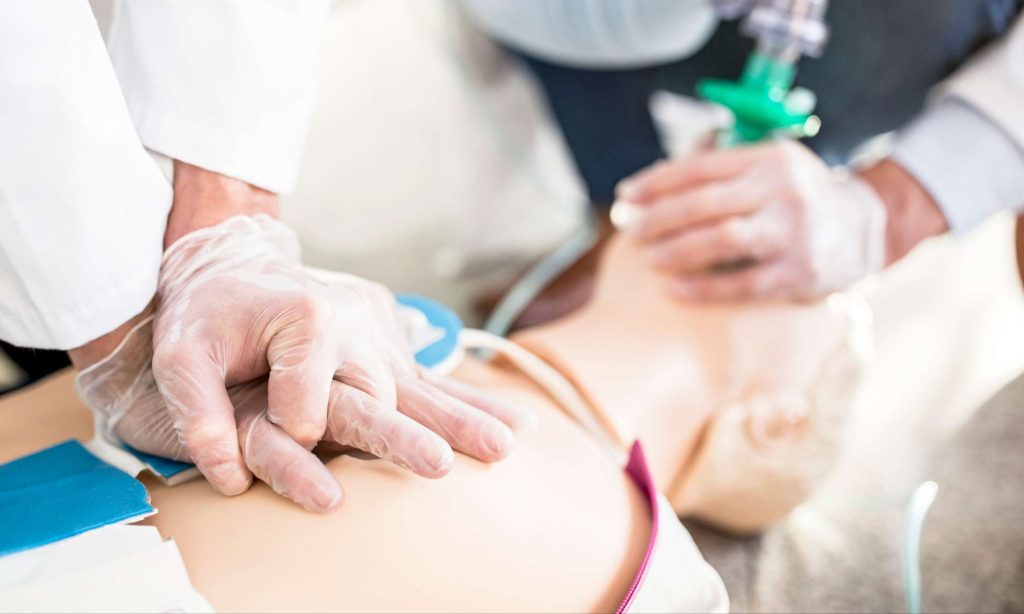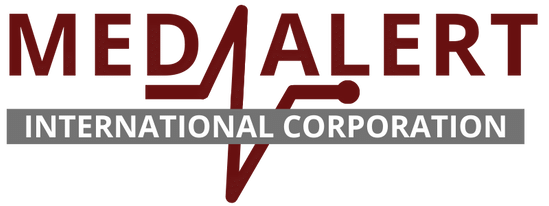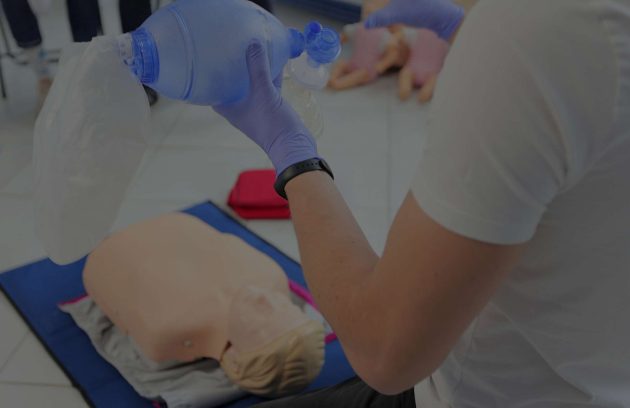Advanced Training
Advanced Training Classes
These “modules” may be added to the basic RMO/CPR classes already provided by MIC to you as a client or may be taught as separate sessions. The RMO or the CPR class may be a prerequisite to a separate stand alone session.
The following classes are taught at your location.
BLOODBORNE PATHOGEN : BBP
This class is designed to help your company comply with any applicable OSHA requirements as they may relate to emergency response or rescue by your employees. Your employees will be taught what to do in a rescue where body fluids are present. This course includes a film on Bloodborne Pathogen procedures and covers the following areas:
- Definitions of Terms
- Methods of Transmission
- Use of Personal Protective Equipment
- Record Keeping and Reporting
- Universal Precautions
- Exposure Control
- Post Exposure Follow Up
- Kit contents and usage
AUTOMATIC EXTERNAL DEFIBRILLATOR: A.E.D.
Your employee will be certified in the use of your AED in compliance with the Good Samaritan laws of many states. Your employees will learn the importance of your AED. The principle of early defibrillation and the chain of survival. They will also get an understanding of the automated analysis of cardiac rhythms plus training in the use of the AED in Sudden Cardiac Arrest (SCA) emergencies. They will have “hands on” practice in eight possible scenarios.
CPR is a prerequisite and attendance is limited to 6 employees.
HAZARDOUS COMMUNICATIONS : HAZCOM
This class complies with applicable OSHA regulations including 29 CRF 1910.1200. Your employees will learn what makes a chemical hazardous, how to read various types of hazardous labels, how to read a Materials Safety Data Sheet (MSDS). Your employees will also learn safe work practices.
This course includes a film, overhead color slides and covers the following data:
- Definitions of Terms
- Health Hazardous and Health Risks
- Types of Hazardous Labels
- Record Keeping and Reporting
- Safe Work Practices
- Emergency Procedures
- Physical Hazards of Chemicals
- Reading and Understanding MSDS’s

Treatment Options for Heart Disease
Treatment for heart disease depends on the type and severity of the condition. Lifestyle changes such as adopting a healthy diet, exercising regularly, quitting smoking, and managing stress can help prevent and manage heart disease. In addition to lifestyle changes, medications such as statins, beta-blockers, ACE inhibitors, and anticoagulants may be prescribed to help control symptoms and reduce the risk of complications.
In some cases, more invasive treatments such as angioplasty, stenting, or coronary artery bypass surgery may be necessary to restore blood flow to the heart and reduce the risk of heart attack.
Stroke: A Related Condition
Stroke is a related condition that occurs when blood flow to the brain is interrupted, either by a blood clot or a ruptured blood vessel. Stroke is a medical emergency that requires immediate treatment to prevent brain damage and other complications. Symptoms of stroke may include sudden numbness or weakness in the face, arm, or leg, especially on one side of the body, sudden confusion, trouble speaking or understanding speech, sudden trouble seeing in one or both eyes, sudden trouble walking, dizziness, loss of balance, or coordination, and sudden severe headache with no known cause.The Time For Action Is Now
Heart disease and stroke are serious conditions that require prompt diagnosis and treatment. By understanding the causes, symptoms, and treatment options for these conditions, you can take steps to reduce your risk and improve your overall health.
If you are concerned about heart disease or stroke, please contact 1st Health Medical & Cardiology to schedule an appointment. Our experienced team can provide you with the support and guidance you need to manage your condition and improve your quality of life.

